How to Operate a Small Scale Mine
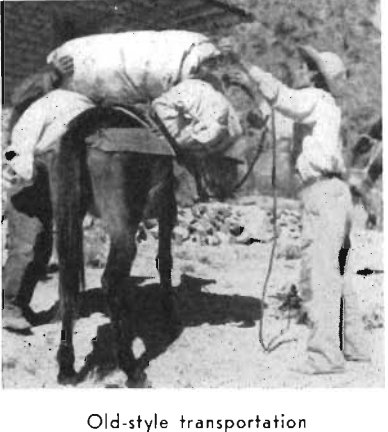
Any mining engineer with a desire to operate independently, with some financial backing, and with no fear of heavy responsibility and long hours, should be able to make a comfortable living in Mexico. Barring a few inconveniences such as a lack of satisfactory liability or accident insurance, the difficulty of obtaining repair parts for vehicles, […]
Rock Breaking Machine
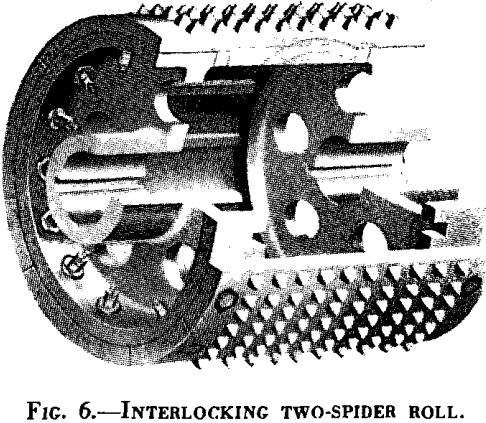
Anthracite Small power-driven, toothed, cast-iron rolls were used first to break anthracite in 1844. Prior to that time, men with hammers, who stood on perforated cast-iron plates, broke the large lumps into commercial sizes. In order to convert run-of-mine into the various sizes required by the anthracite industry, about 20 million tons must be broken, […]
Shaft Mucking Machines
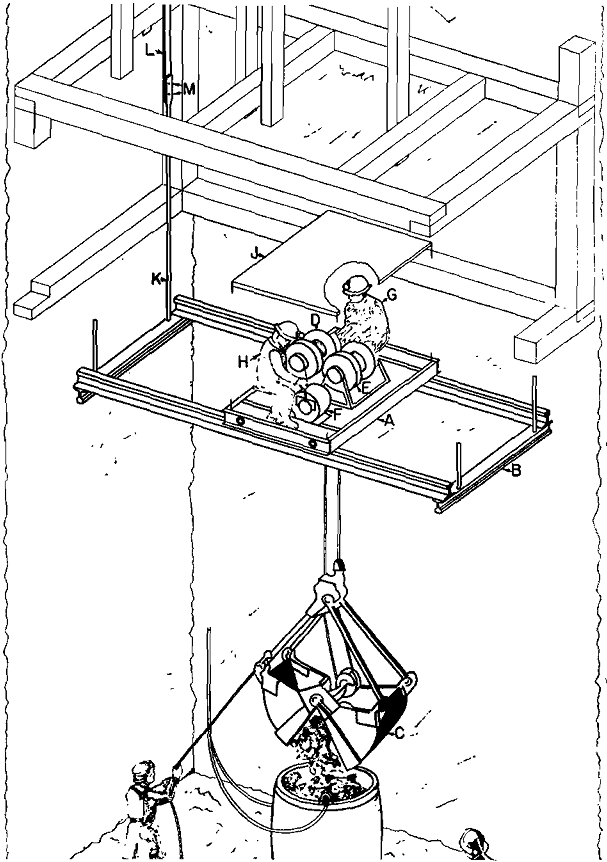
Hand mucking in shaft sinking operations is no longer necessary because several efficient methods and machines have been devised for this purpose for use in both vertical and inclined shafts. For years shaft sinking was considered the hardest and most dangerous job in mining and, consequently, the turnover in shaft crew was high. High turnover […]
Loading railroad car, truck, or barge
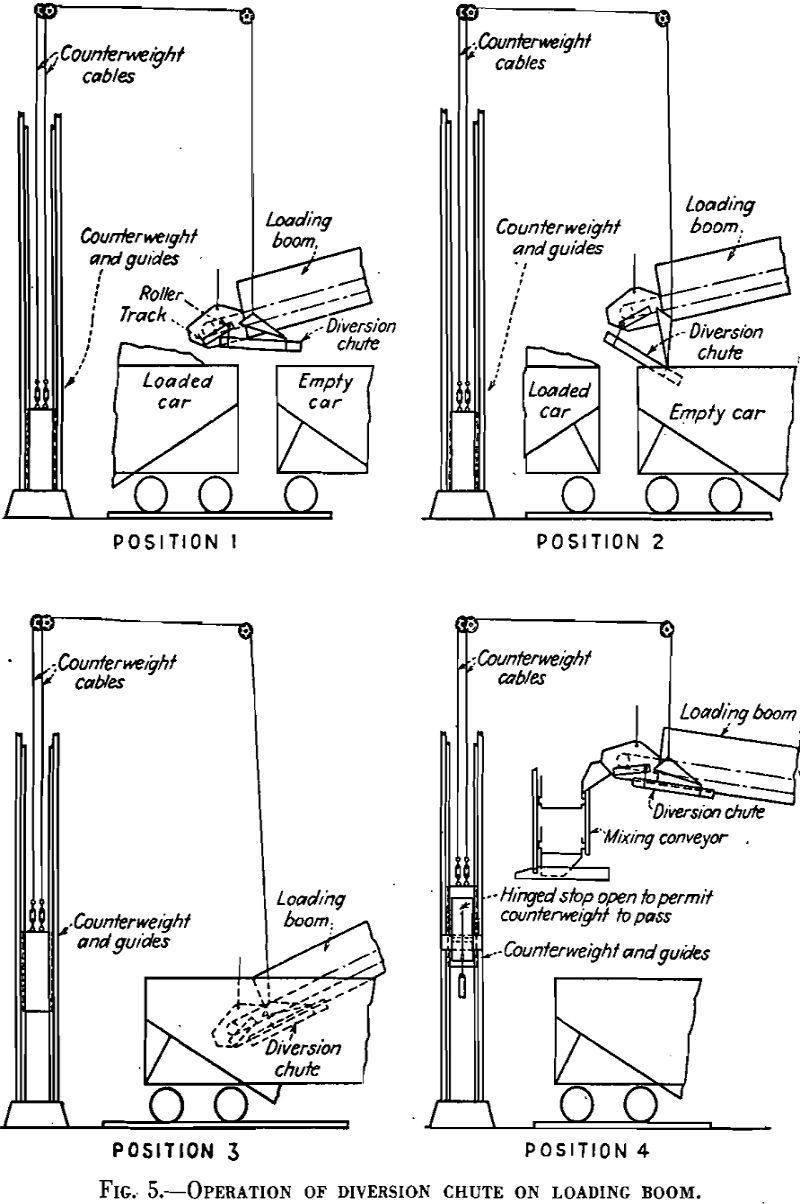
The primary purpose of the loading plant is to transfer the finished product from the preparation machines to the railroad car, truck, or barge in which it is to go to market. Secondary purposes of the loading plant are: to prevent excessive degradation of sizes during loading, to reduce segregation as much as possible, and […]
Screening Equipment
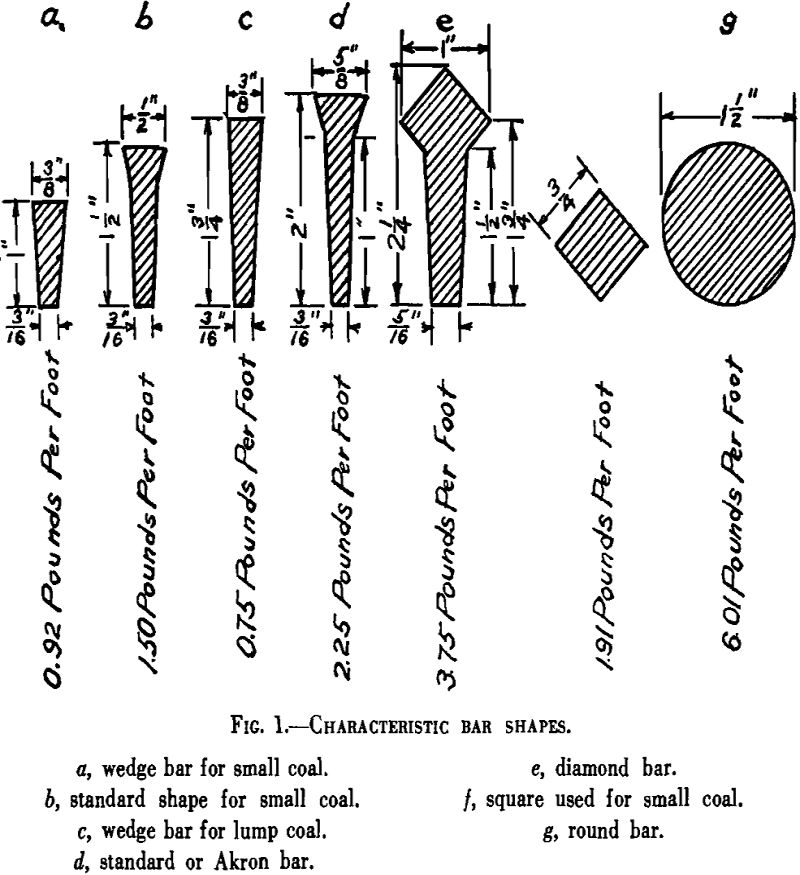
Sizing is the process of separating mixed particles into groups of particles all of the same size, or into groups in which all particles range between certain definite maximum and minimum sizes. In coal preparation, sizing is generally accomplished by passing the coal over screens. Separation by differential settling in air or water currents has […]
Lightweight Aggregates

Lightweight aggregates have been in use for many years in the United States but are now receiving more and more attention by manufacturers and users of concrete shapes. These shapes comprise building blocks, special forms, such as door sills, lintels, floor slabs, and beams. Lightweight aggregate also is adapted for monolithic construction. The increased building […]
The Rupp-Frantz Vibrating Filter
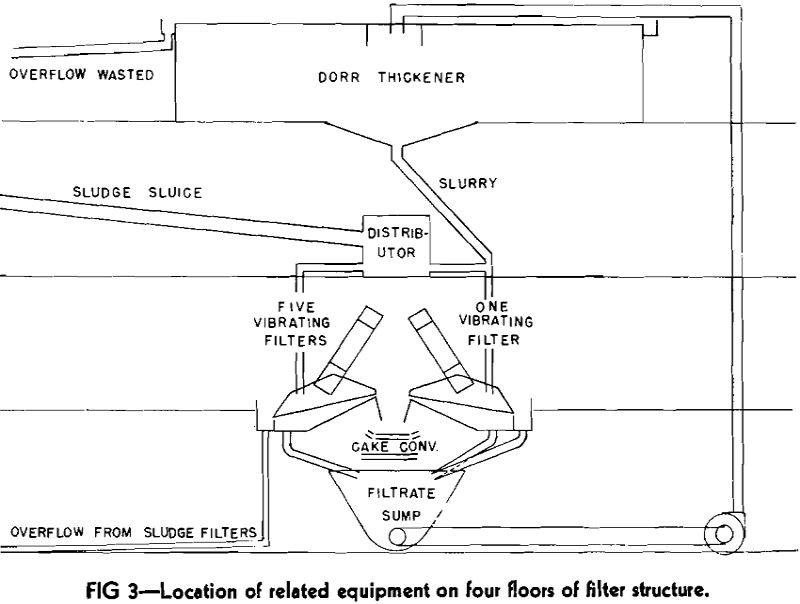
One of the chief difficulties with which the operator of a coal washing plant has been forced to contend is the handling of the very fine coal. First he has the problem of separating the fine coal from washery water. This is usually accomplished by the use of settling cones or Dorr thickeners: in either […]
How to Produce Graded Glass Sand by Grinding and Classification
The problem of producing a uniform, medium-fine sand for glass-furnace feed has been of interest to the glass-container industry for many years. In the present investigation of the problem, conducted by the Bureau of Mines in cooperation with the Owens-Illinois Glass Co., Alton, Ill., a satisfactory method of producing such sand was developed. The investigation […]
How to Produce Ammonium Sulphate and Manganese Oxides
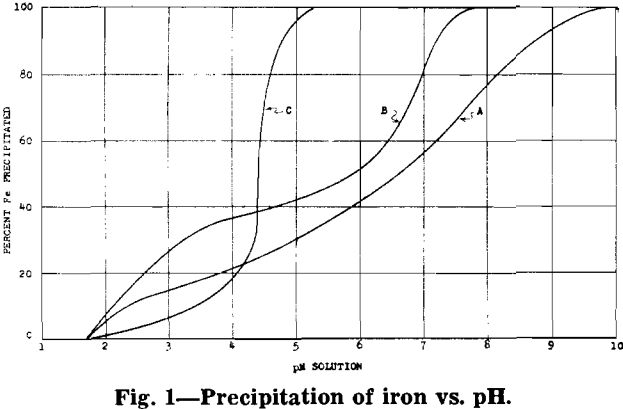
Manganese Products, Inc. has developed a sulphurous-sulphuric acid leaching process for the recovery of manganese from low-grade, intermediate manganese ores. By the term “intermediate manganese ores” is meant those ores in which the manganese in the form of manganese oxides is found to have two different valences, usually two and four, as is probable in […]
Launder Washers
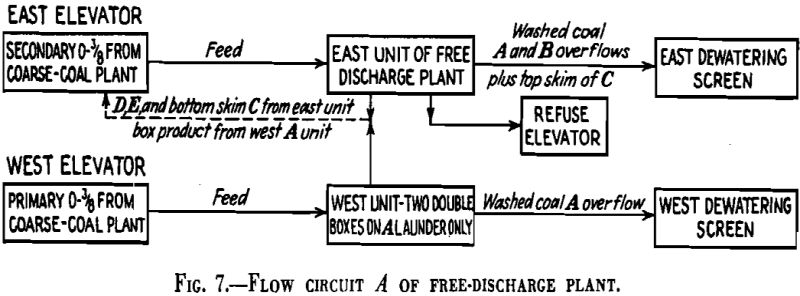
Trough washers were among the earliest methods used for concentrating ores; they are referred to by Agricola about the middle of the sixteenth century as already being used while the hand-operated jigging sieve had only recently come into use. For cleaning coal the trough washer apparently was first used in France and Belgium about 1841. […]
